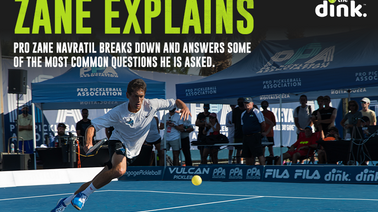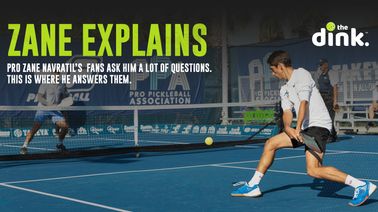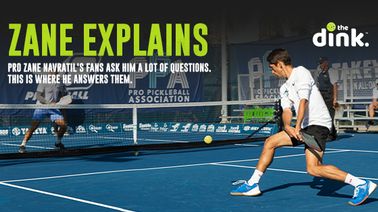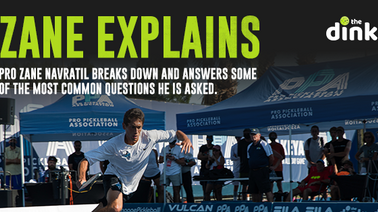
Why the PPA’s Approach is Logical and the Next Steps for Serving
The PPA canceled the spin serve completely, and while I’m not a fan of the decision, it at least makes sense to me. If the objective of canceling the chainsaw is to limit the effectiveness of the serve, why would one method of generating pre-spin treated differently than another?
So, we’re returning to the era of unspun tosses, but we still have big time issues: Nobody can enforce the legality of a serve. Here are the alleged serve rules:
4.A.3. The server’s arm must be moving in an upward arc at the time the ball is struck and may be made with either a forehand or backhand motion. (See Figure 4-3.)
4.A.4. The highest point of the paddle head must not be above the highest part of the wrist (where the wrist joint bends) when it strikes the ball.
4.A.5. Contact with the ball must not be made above the waist
The issue is that NONE of these rules can be enforced by the human eye in real time. Professional players are going to use the serve to their advantage just like they use any other shot to their advantage.
I’ve been at this sport for 8 years, and I’ve never had one of my serves called illegal. For the amount that I push the envelope, I most definitely should’ve been called illegal at some point. In fact, nobody I’ve ever played against has been called illegal. The service rules are subjective and unenforceable.
The solution: Go to drop serve only. All a referee needs to police is the toss. Is the player forcing the ball downwards into the ground? Are they lifting their hand in an upwards motion? It’s one easy rule to enforce as opposed to trying to manage three difficult and subjective rules. If the chainsaw is dead (RIP) we might as well make a logical and enforceable rule!

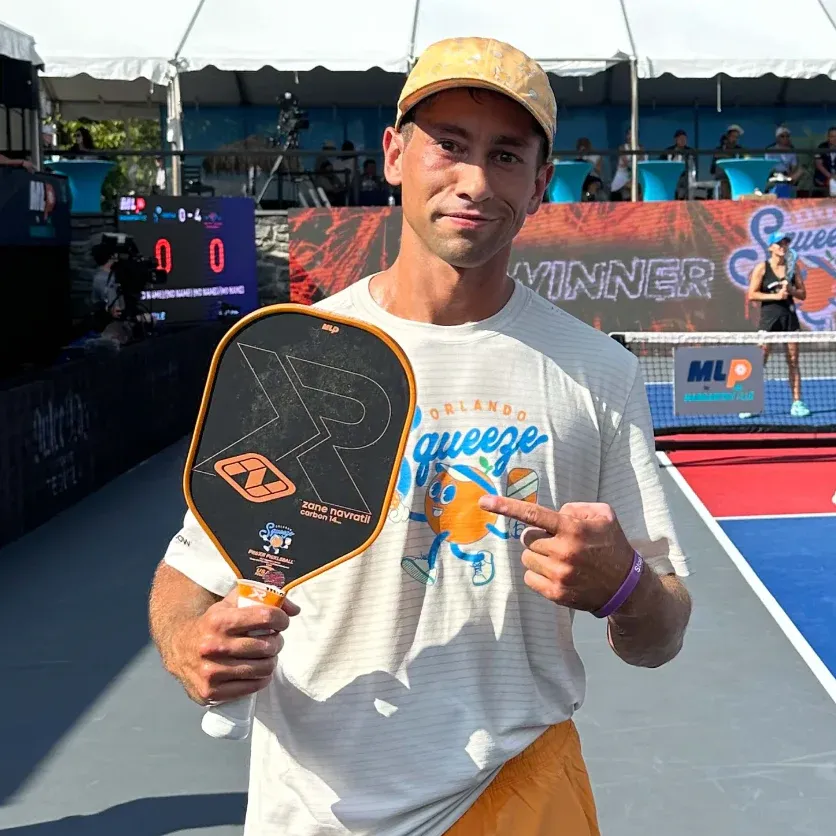
Zane Navratil
Zane is a professional pickleball player both on the PPA Tour and Major League Pickleball. He is also the co-host of the No. 1 pickleball podcast PicklePod.
Love Pickleball? Join 100k+ readers for free weekly tips, news & gear deals.
Subscribe to The DinkGet 15% off pickleball gear at Midwest Racquet Sports


